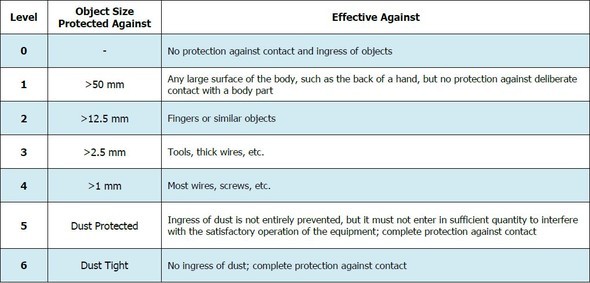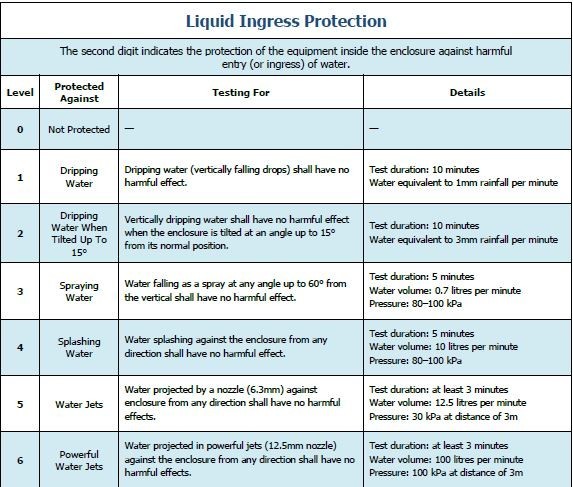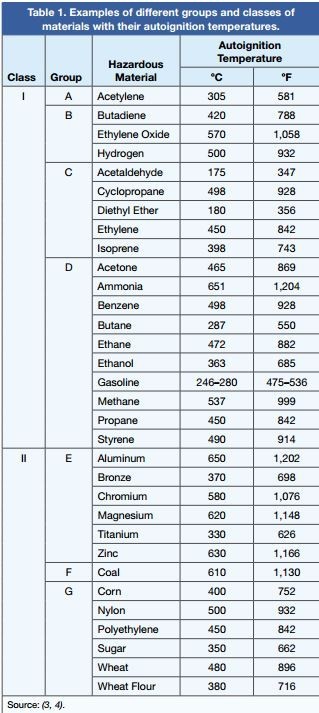When selecting the appropriate motor for your industrial needs, it is of utmost important that the motor you choose suits the environment and working conditions of your facility. The motor you select must protect your assets and staff from explosion or intrusion into the body. It must also be able to perform its duties consistently and efficiently, while still fitting within your budget.
International governing bodies have developed grading systems to help companies properly select machinery that fits their needs. There are several categories that companies must understand in order to properly select their motors. In order to help you better navigate the complexities of these systems, we have broken down the data and classifications of motor IP ratings and explosion proof ratings below.
IP Ratings
IP ratings, or otherwise known as the International Protection Marking, are the components of the classification system for the levels of protection against explosive or combustive reactions in electrical enclosures. This system is overseen by the International Electro-technical Commission (IEC).
These ratings are based on the following factors:
- Solid particle protection
- Liquid ingress protection
Solid particle protection is defined as the level of protection that the motor enclosure provides against access to hazardous machine parts such as moving parts and electrical components. The ratings for this go from 0 to 6. Refer to the table below for details on each:

Liquid ingress protection is defined as the level of protection against the entrance of water into the motor. This is especially useful in the case of our line of pumps, as many of our products are used in liquid applications. Refer to the table below.

How to Read an IP Rating
Using a combination of the ratings in the tables above, IP ratings are designed to fully exhibit a motor’s protection levels.
For example, a rating like IP67 means that the enclosure is “dust tight”, with complete protection against contact, and also is able to be immersed in 1m of water for up to 30 minutes.
This simple system allows decision-makers to locate their needs quickly and easily.
Explosion Proof Ratings
These ratings are designed to classify the hazard levels of working environments and the different motor features available. In order to better understand this concept, we will go into detail on the levels of complexity of this rating system.
There are four components to this grading system: class, division, group, and autoignition temperature. Let us explain each:
Classes
There are 3 classes of hazardous locations based on material present.
- Class I – flammable gases or vapors that pose risk of explosion, example: Petroleum Processing
- Class II – dust that is electrically conductive or explosive when mixed with air, example: Aluminum, Magnesium, Flour
- Class III – ignitable filings, example: Textiles
Divisions
There are 2 types of divisions in this system. These describe conditions under which materials are present.
- Division I – an explosive or ignitable material is present under normal operating conditions. Explosive materials are routinely exposed to the atmosphere.
- Division 2 – Hazardous materials are handled only under abnormal conditions such as a containment failures or leaks
Groups
There are several groups that describe the behavior of the materials after ignition.
The groups A, B, C and D are used in Class I while Groups E, F, G are used in Class II motors. See the descriptions in the chart below:

Autoignition Temperature
This factor is the minimum temperature for a chemical to ignite spontaneously.
March Pump carries Class I/Division I motors for several series of pumps, which are labeled as explosion proof pumps.
These types of motors are designed to withstand the harshest conditions. Here are their most important characteristics:
- Constructed so that it will contain an internal explosion without dismantling
- Constructed so that any hot gases that escape exit through specially designed flame paths, which quench the flames and cools down the temperature to prevent further explosion
- Must not develop surface temperatures hot enough to cause ignition of gases outside of the motor. This is referred to as its T-code. Manufacturers must supply these motors with nameplates that clearly display the class and groups for which the explosion proof motor is appropriate.
The other type of motor designation is Class I / Division 2. These differ from the first class motors in that the minimum requirements are less stringent.
- Dust-ignition proof
- Enclosure of the motor is designed to exclude hazardous materials
- Surface temperature must be maintained
These motors are used on other types of applications based on need. The important distinction to make is how each motor will perform based on your particular facility and needs.
The March Pump Engineering Solution
Our engineers have decades of experience designing and creating industrial pumps that suit the needs of our valued customers. March stocks different types of non-explosion proof motors and explosion proof motors but it is important to note March can get whatever is needed by the customer.
For example, explosion-proof motors protect against flammable gasses, dust and filings. The conditions in your facility may require a particular motor design. If the liquid is flammable or explosive, contact March Pump to review the application. We can then determine if may not be appropriate for a March Pump, even with an Explosion Proof Motor.
You can learn more about our work here.
By using the information above, you can make a better decision on the types of motors you require. Your wise investment will prevent against safety issues, increase your efficiency and benefit your bottom line.